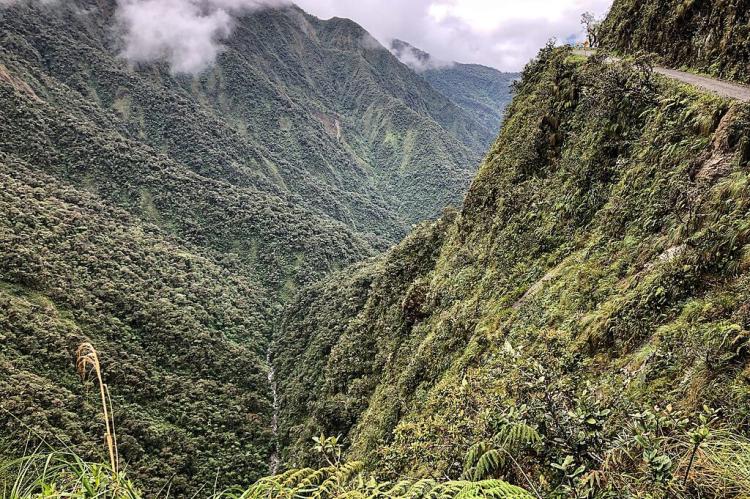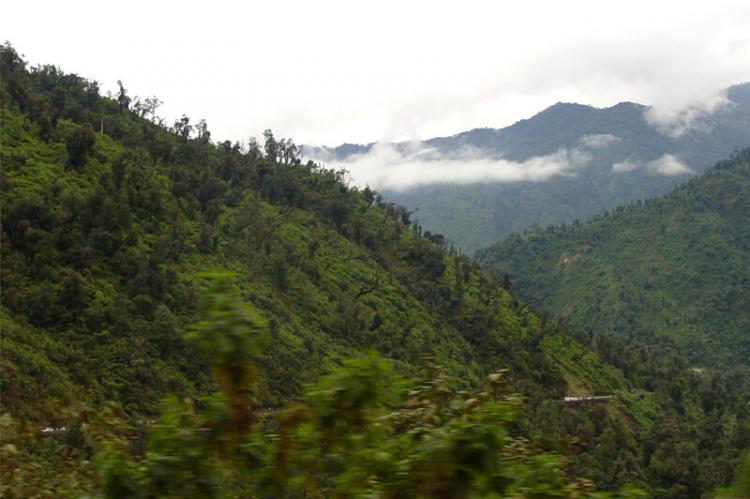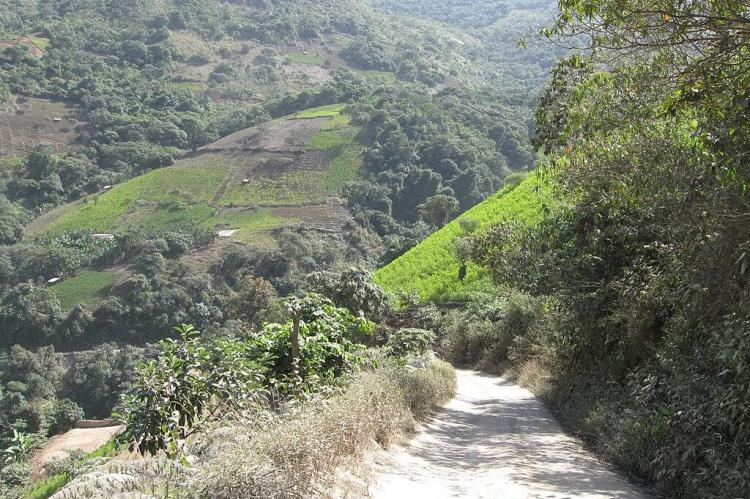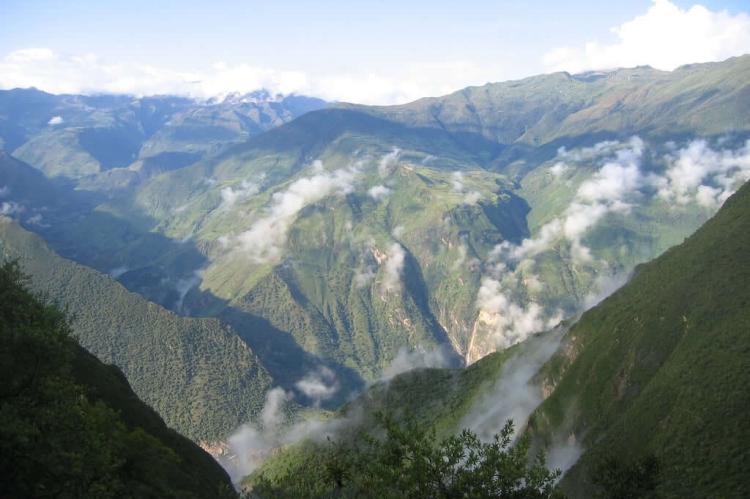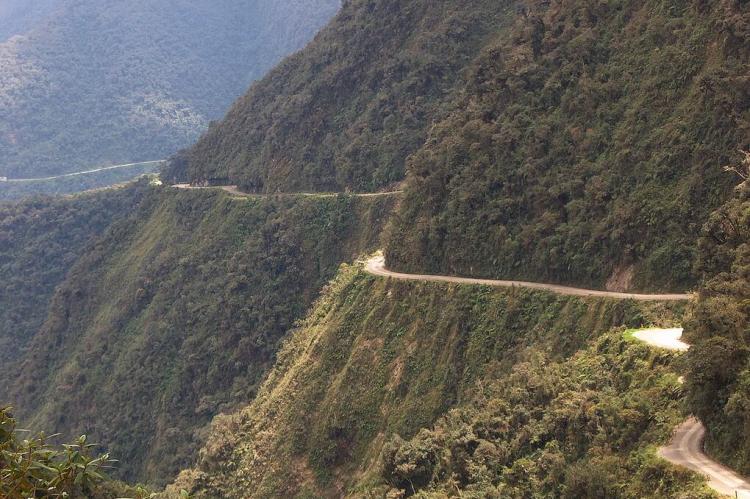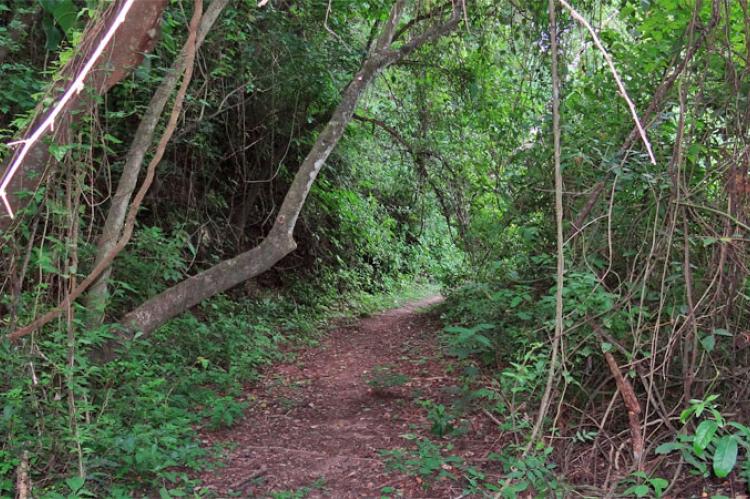The Yungas: Exploring South America's Subtropical Forest
The Yungas is a subtropical forest belt along the eastern slope of the Andes Mountains, spanning Peru, Bolivia, and northern Argentina. This unique natural region is a transitional zone, linking the Andean highlands to the lush eastern forests, creating a haven for biodiversity amidst its subtropical climate.
The Yungas
Exploring South America's Subtropical Forest
The Yungas, an Aymara term meaning "Warm Lands," unveils a remarkable subtropical forest belt along the eastern slope of the Andes Mountains, spanning Peru, Bolivia, and northern Argentina. This unique natural region is a transitional zone, linking the Andean highlands to the lush eastern forests, creating a haven for biodiversity amidst its humid, subtropical climate.
Geographic Distribution and Climate
Situated within the Neotropic ecozone, the Yungas experience a humid, warm, and rainy climate influenced by orographic precipitation. The dense jungle on the eastern slopes of the Andes thrives due to the high rainfall. In Bolivia, the Yungas occupy the eastern slopes of the Andean Cordillera Real, extending northeast and north of La Paz and Cochabamba. Similar forested belts with rugged terrains are found in Colombia, Ecuador, and Peru.
Human Settlement and Economic Activities
The Yungas have historically attracted settlers enticed by valuable resources such as gold, coca leaves, coffee, and cacao, the source of cocoa beans. Government initiatives to improve transportation and colonize the region have contributed to ongoing development efforts. Despite economic interests, the delicate balance between conservation and sustainable resource use remains critical.
Diverse Ecosystems and Terrain
The Yungas encompasses diverse ecosystems, from moist lowland forests to evergreen montane and cloud forests. The rugged and varied terrain, characterized by deep valleys, fluvial mountain trails, and streams, enhances ecological diversity. The mosaic of habitats changes with latitude and elevation, contributing to the richness of the region's biodiversity.
Ecoregions and Conservation
The World Wide Fund for Nature identifies three Yungas ecoregions along the eastern Andes: the Peruvian Yungas, the Bolivian Yungas, and the Southern Andean Yungas. The latter, spanning southern Bolivia to the north of Argentina, acts as a transitional zone between the drier Gran Chaco region and the dry, high-altitude Puna region.
Biodiversity and Endemism
The Yungas region boasts high levels of biodiversity and species endemism. The evergreen forests in the Southern Andean Yungas are particularly noteworthy, potentially representing the last remnants from Quaternary glaciations. Unique flora and fauna, adapted to the diverse ecosystems, contribute to the ecological significance of the region, making it a priority for conservation efforts.
Cultural Significance
Beyond its ecological importance, the Yungas hold cultural significance for the indigenous communities inhabiting its diverse landscapes. The Aymara people, with their rich cultural heritage, have a solid connection to the region, considering it not only a source of livelihood but also a sacred space. Traditional farming practices, influenced by centuries of indigenous knowledge, continue to shape the relationship between the local communities and the environment.
Bird Watching Paradise
The Yungas region is a paradise for bird enthusiasts, offering a haven for numerous avian species. The diverse range of elevations and habitats within the area attracts a staggering variety of birds, including toucans, hummingbirds, and countless species of parrots. Bird-watching tours have become increasingly popular, drawing nature lovers and ornithologists to explore the rich avifauna of this subtropical forest.
Medicinal Plants and Traditional Medicine
The lush vegetation of the Yungas is a treasure trove of medicinal plants. Local communities, deeply rooted in traditional practices, have been harnessing the healing properties of various plant species for generations. The Yungas serve as a living pharmacy, offering resources for traditional medicine that have sustained communities and garnered interest from researchers exploring the potential medicinal applications of these plants.
Challenges in Conservation
Despite conservation efforts, the Yungas face ongoing challenges due to human activities, including logging, agriculture expansion, and infrastructure development. These activities, if not managed sustainably, can lead to habitat fragmentation and loss, threatening the region's unique biodiversity. Conservation initiatives and community-based approaches are crucial to addressing these challenges and preserving the region's ecological integrity.
Adventure Tourism and Trekking
The Yungas, with its diverse topography and scenic landscapes, has become a hotspot for adventure tourism. Trekking trails wind through the forests, providing exhilarating experiences for adventure seekers. The famous "Death Road" (Camino de la Muerte) in Bolivia, descending from the high altitudes of the Andes into the Yungas, is a world-renowned biking destination, attracting thrill-seekers from around the globe.
Climate Change Impact
The Yungas region is not immune to the effects of climate change. Shifts in temperature and precipitation patterns, along with other climate-related impacts, threaten the delicate balance of ecosystems. Monitoring these changes and implementing adaptive strategies are essential for safeguarding the Yungas and mitigating the potential consequences of climate change on its biodiversity and human communities.
In Summary, the Yungas is a multifaceted region that goes beyond its ecological diversity, encompassing cultural, recreational, and medicinal dimensions. As efforts continue to preserve its unique features, a holistic approach considering both environmental and cultural aspects is crucial for the region's sustainable future.
